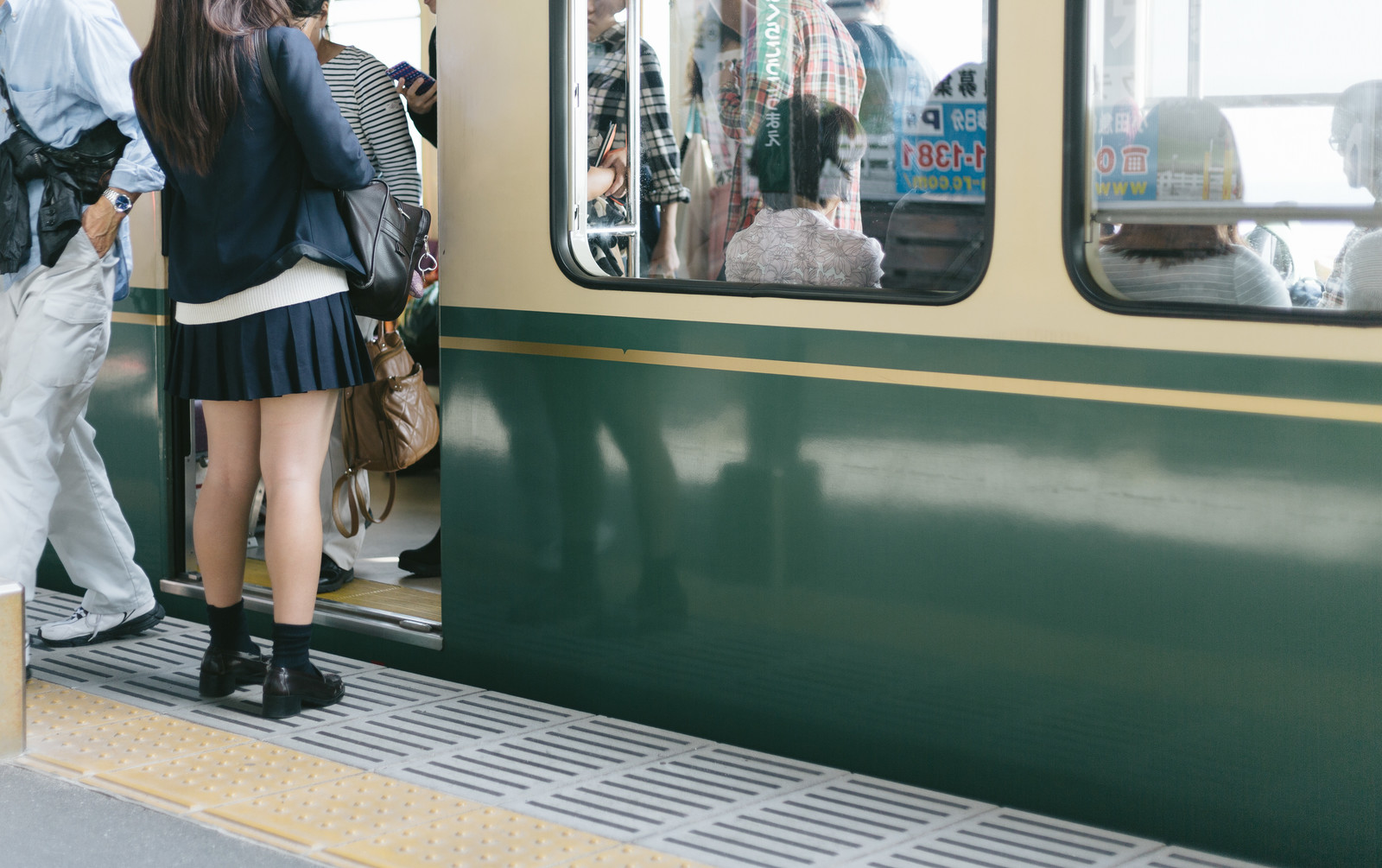Kogal Fashion: a type of Japanese Youth Fashion
Kogal is often referred as a part of Japanese subcultures that emerged in the 1990s. Kogal are schoolgirls (generally high school girls) who dress themselves differently and use distinctive slangs. They spread youth cultures and trends, too.
Today, Kogal is getting attention from around the world as a distinctive aspect of Japanese culture. Let’s find out Kogal’s fashion and their culture.
What is Kogal?
Kogal are Japanese schoolgirls featured by distinctive fashion and culture. The word “Kogal” is derived from Gal or Gyaru, which indicated people who wore cutting-edge fashion and hung around in the centers of youth culture such as Shibuya and Harajuku. The phenomenon was peaked in the 1990s.
Gals were influenced by a singer Namie Amuro. She was said to be a charisma for teenagers and Gals followed her fashion, which resembles surf fashion and Los Angeles fashion from the 70s. Those who admired and tried to look like Namie Amuro called themselves “Amura-” (Amurer).
“Ko” is said to be either a contraction of Ko-kosei (high school girls) or “小/子”(small/children), used by bouncers at disco clubs to distinguish adults from teenagers.
Unlike Gal fashion, Kogals fashionably dressed themselves in school uniforms.
They rolled up skirts to shorten the length, wore loose socks (baggy socks), and bags decorated with fancy charms and keychains. The Kogal school uniform style facilitated the arousal of fake uniform (nanchatte seifuku).
They also bleached or dyed their hair with light brown or blonde. They put distinctive makeup and nails as well.
Kogals were often criticized for conspicuous consumption. They were fascinated by luxurious brands, living off their wealthy parents or enjo kousai. Enjo kousai was a form of paid dating, which Kogal asked men out for a date to get money in exchange for the prostitute.
Mass media paid great attention to Kogals by creating special TV programs focusing on them, leading to the spread of Kogals and their culture. Fashion magazines specializing in Kogal fashion such as Egg were published as well. Models in these magazines had a huge impact on high school girls at that time.
Kogal Fashion
Kogals are known to dress themselves in a certain way basing their school uniforms. Apart from uniforms, there are some “staples” for the Kogal look.
Light brown/blonde hair
Dying the hair with light brown or blonde was the very first step to become Kogal. Black or dark brown hair, which most Japanese people have, was a no-way. Over the years, they turned their hair more bright, showy colors like pink and blue. They even breached their hair. As Kogals were rebellious to the strict schools and the society in general, dying their hair was one way to express their rebelling spirit.
Flashy Makeup
Kogals had the “makeup standards,” which featured thin eyebrows, sparkly eyeshadows, and fake eyelashes, following Namie Amuro. The more flamboyant, the better. They especially cared about eye-makeup. They tried to make their best effort possible to make their eyes look bigger with heavy eyeliner, eyelashes, and mascara.
Tanned Skin
Tanned skin was a trademark of Kogals, also influenced by Namie Amuro. They went to the beach for tanning, but most Kogals did fake tanning at “Hiyake salon”(fake tanning salon). The first trend was turning the skin brown, but later on, some people tanned their skin darker, almost black. They were called “Kuro gyaru” (Black gyaru) or “Manba gyaru” (Manba comes from Yamanba, which is a Japanese monster that looks like an old woman). They also used white-colored cosmetics to contrast with the tanned skin.
Nanchatte Seifuku
Kogals wear an outfit based on the Japanese school uniform with a shortened skirt, loose socks (buggy socks), a big cardigan, and a scarf. They also wear platform shoes or loafers. Kogals tend to use a typical Japanese school bag, sometimes decorated with colorful keychains.
Kogal Culture
Kogals often hang out around Shibuya or Harajuku area afterschool, and lots of cultures spread nationwide from Kogals.
One example is Pokebell (does not have something to do with Pokemon), which is a small device that exchanges messages. Pokebell was mainly used by Kogals at first, but it later became a huge boom.
Another boom was Purikura, or a photobooth, where you can take pictures and decorate them with texts and stickers. They collected purikura on "Puri-cho," or a notebook dedicated for collecting purikura. Puri-cho was a staple item for kogal because the more purikura it had, the higher status it meant.
Purikura is still popular among Japanese girls especially those in junior high school and high school. Places where young girls often hang out, such as game centers and shopping malls, often have a large purikura zone with several kinds of purikura machines.
Many more things boomed among Kogals became a big trend all over Japan. Kogal’s wide network promoted the widespread use of these gadgets, and they played an important role in consumption and trends at that time.
Language of Kogal
Kogals invented unique phrases and words often borrowing English words. Those phrases were called “Kogal-go” (Kogal language) and also became a trend in Japan. Some words are still used by the majority of people in Japan, not only the young but also the elder.
“Choberiba,” meaning “very bad,” was a combination of “cho,” which means “very,” and “very bad.” “Ageman,” meaning “a man who brings luck to women,” was from a Japanese word “age,” which means “up,” and an English word “man.” Like these, Kogal-go was mostly a combination of Japanese words and English words.
Roman script abbreviations were also popular, such as HK, which is the abbreviation of “Hanashi Kawarukedo,” meaning “By the way” or “Changing the topic of conversation.”
Did you get a glimpse of Kogal? We hope you enjoyed it!
